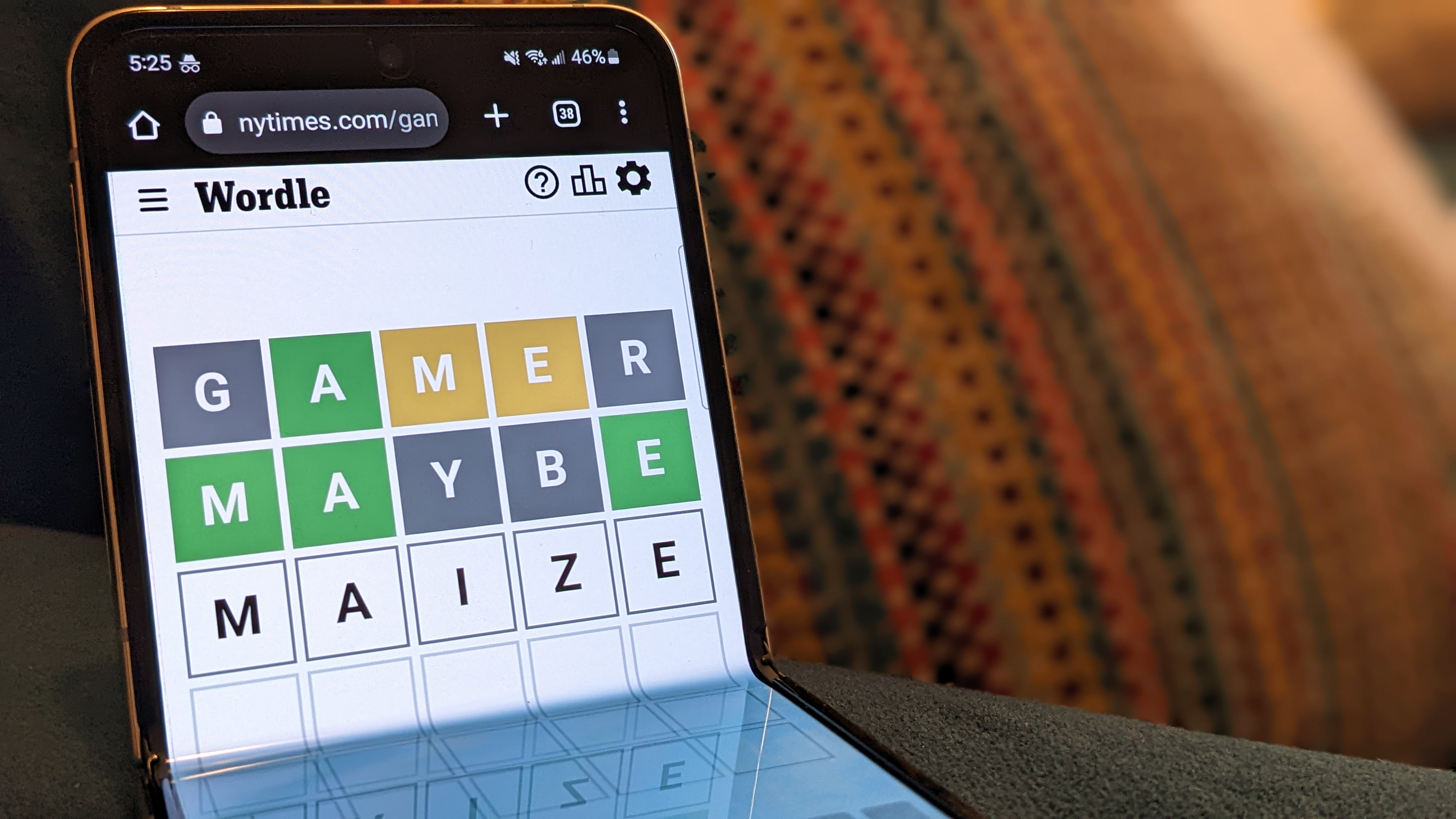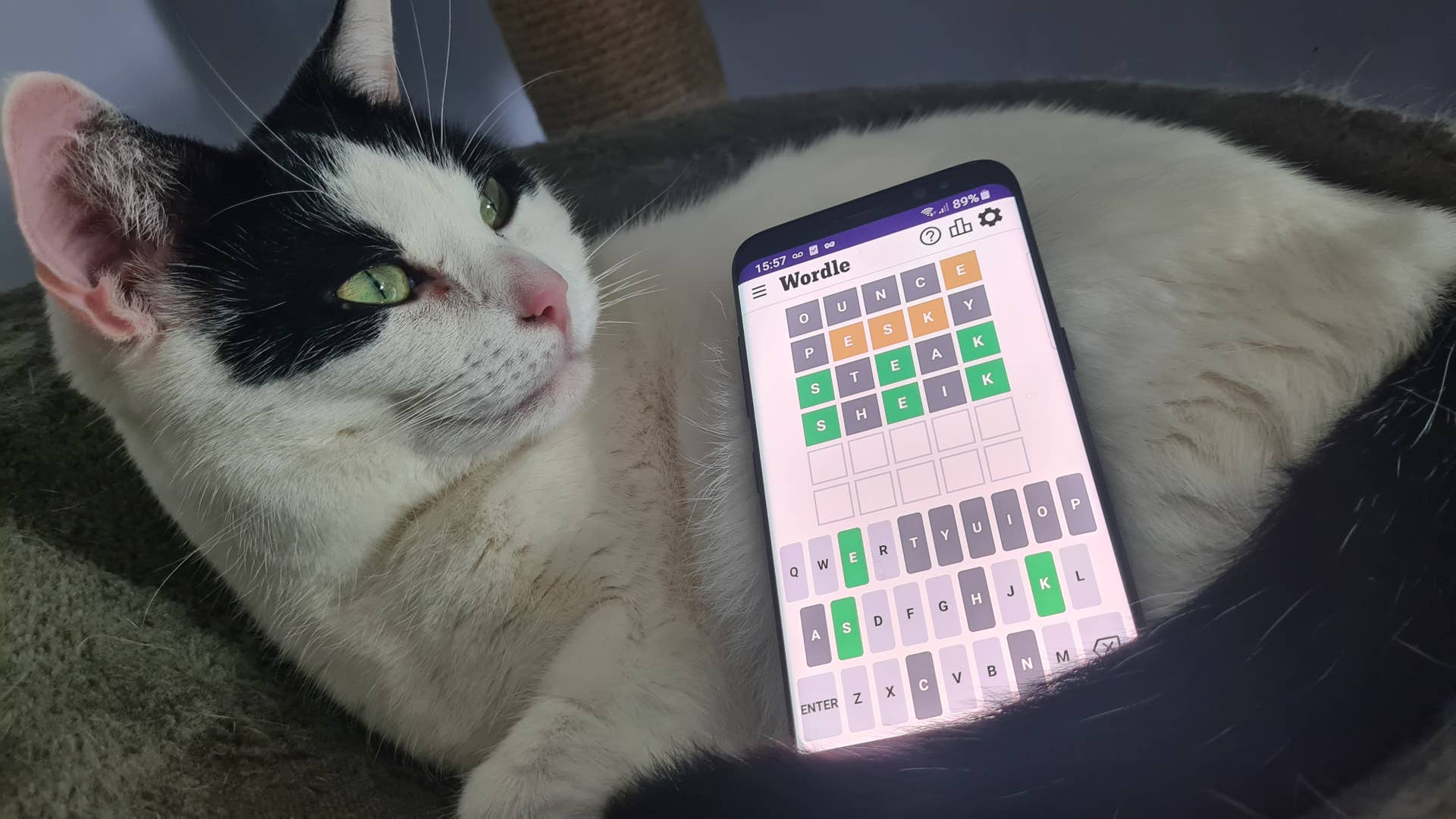
OnePlus 13R Review

The OnePlus 13 didn’t land alone. The exceptional flagship smartphone launched alongside the OnePlus 13R, which serves as a cheaper alternative at $599. While the look and feel will be similar to the OnePlus 13, the chipset, build, and cameras see some downgrades to keep the price low. But if you’re not looking to have the absolute best of the best Android phones, the OnePlus 13R is a great option for those who still want ample performance and a gorgeous display.
OnePlus 13R – Design and Features
The OnePlus 13R is built like a brick. It’s neat, cleanly assembled, but a little bland next to the full-fat OnePlus 13. It gets flat aluminum edges with smoothly rounded corners, akin to what you’ll find on recent iPhones. The result is a phone that’s stable on a table but that feels slightly thicker in my hands. Given it’s also a sizable phone at 6.37 x 2.98 x 0.31 in, it can be hard to manage in just one hand, though it’s actually a little smaller in every dimension than the iPhone 16 Pro Max or OnePlus 13. For its size, it’s also relatively light at 7.27 ounces.
Even if it’s a little trim for a giant phone, you’re still getting a huge 6.78-inch display. It may not be as sharp as its top-tier sibling, but it still hits a dense 450 pixels per inch with its 1264 x 2780 resolution. That’s plenty sharp for most uses. The OnePlus 13R also boasts a brilliant 120Hz LTPO AMOLED panel that can sink down into sublime darkness or blast out vivid highlights as bright as a rated 4500 nits. And the high brightness mode lets the display readily keep up in bright conditions for easy readability. For a budget model, the OnePlus 13R is packing a flagship-quality display.
Movies and games look excellent on the display, and its variable refresh rate lets it drop down to low, battery-saving speeds when needed and then zip back up to 120Hz for ultra-smooth scrolling and navigation. The speakers combine well with the display, offering clear stereo sound and enough volume to listen to music or podcasts while taking a shower or cooking.
Where the OnePlus 13 moved to an unfamiliar but competent Ceramic Guard glass for the screen, the OnePlus 13R gets Gorilla Glass 7i, which I also recently saw in action on the RedMagic 10 Pro. OnePlus ships the phone with a pre-applied screen protector, though, and that has held up to the everyday abuse well enough, seeing only minor blemishes. The waterproofing is not as robust here, with the phone only offering IP65. That’s enough for some splashing, but I wouldn’t dunk this phone in water. It’s possible OnePlus used strong protection but opted not to seek higher certification, but I wouldn’t count on it.
The OnePlus 13R features both face and fingerprint recognition. The face unlock is rather quick, but doesn’t work well in poor lighting conditions. The fingerprint sensor is situated toward the bottom edge of the display, lower than on the OnePlus 13 and 12, making it a little hard to reach. It’s quite snappy to unlock when pressed though.
The rest of the OnePlus 13R is hard to tell apart from the OnePlus 13. The bottom edge is similarly lined with a dual SIM-card tray (eSIM is also supported), USB-C, a mic, and a speaker port. The top gets a small port to help with the earpiece speaker (though the OnePlus 13 had two such ports). There’s also an IR blaster to let the phone serve as a universal remote, and another mic at the top. The right edge includes a power button and volume keys that have a pleasingly stiff tactility. And the left edge includes OnePlus’s three-way notification slider.
OnePlus 13R – Software
As with the OnePlus 13, the OnePlus 13R is promised to receive 4 years of OS updates and 6 years of security updates. I’d love to see more, especially when Samsung and Google are making bigger promises, but it’s still pleasing to see OnePlus commit to this longer term support. That extra support also goes all that much further when OnePlus is offering it for this lower-cost model. It launched with Android 15, and OnePlus’s OxygenOS is a clean and flexible Android skin. I’ve found it generally easy to navigate and customize.
OnePlus 13R – Gaming and Performance
When I tested the RedMagic 9S Pro and OnePlus 12 last year, I was largely blown away by the performance of the Snapdragon 8 Gen 3 chip inside. While the newer Snapdragon 8 Elite has come for 2025’s top-tier phones to push even further ahead, the OnePlus 13R continues to rely on the stalwart Snapdragon 8 Gen 3, and it doesn’t disappoint.
The OnePlus 13R manages largely equivalent performance to the OnePlus 12, with many of its benchmark results sitting within a 0-2% difference. Impressively, the OnePlus 13R also manages its heat better with less performance decline over the 3DMark Steel Nomad Light stress test, which runs 20 tests in a row and generates a lot of heat in every phone I’ve tested. In that stress test, the OnePlus 13R managed a high score of 1,698 points and a low of 1,203, providing 70.8% stability, this dominates phones like the Pixel 9 and Pixel 9 Pro and keeps the OnePlus 13R neck-and-neck with even the iPhone 16 and iPhone 16 Pro Max.
In 3DMark’s Wildlife Extreme and Solar Bay benchmarks, the OnePlus 13R even exceeds the latest iPhones. The OnePlus 13R also manages its heat well. While it does thermal throttle after running at full tilt for several minutes, it sinks down to a lower performance level that it proves capable of sustaining.
All that performance makes for a quick and responsive phone. The OnePlus 13R never felt slow in my testing, readily launching apps and jumping between them, keeping up with busy webpages as I scrolled through them, and gaming like a champ. Even after a half-hour of playing Wuthering Waves with the settings maxed out, the phone kept churning out near-60fps frame rates. The surface of the phone saw some spots with temps reaching 106 degrees Fahrenheit, which isn’t exactly comfortable, but the phone still wasn’t painfully hot.
The OnePlus 13R gets a 6,000mAh battery much like the OnePlus 13, but it’s a single-cell battery rather than dual-cell. The result is slower charging speeds, though 55W charging is hardly slow. Of course, with that large battery, the OnePlus 13R is happy to plug along all day even with heavy use, and I’ve seen it easily hop along through two full days and into a third with lighter use.
OnePlus 13R – Cameras
The OnePlus 13R may have similar internals to the OnePlus 13 that came before it, but it unfortunately makes a handful of downgrades in the camera department to help keep its price down. Here are the cameras it packs:
- 50MP wide, f/1.8, 1.0-micron, 1/1.56”, OIS, EIS
- 8MP ultrawide, f/2.2, 1.12-micron, 1/4”, EIS
- 50MP telephoto, 2x optical zoom, f/2.0, 0.64-micron, 1/2.75, EIS
- 16MP Selfie, f/2.4, 1.0-micron, 1/3.09”, Fixed Focus. 82-degree FOV
The OnePlus 13R has a strong start with its primary, wide-angle sensor. This captures lovely photos with plenty of detail, a nice warm color, and pronounced background blur that lets you avoid using artificial portrait modes.
Unfortunately, OnePlus didn’t do as good a job getting the three rear sensors to match one another’s visual quality. Taking one photo with each sensor from the same spot, they exhibit distinct color differences. The main sensor provides natural color, while the ultra-wide adds a little extra warmth with a yellowish tint. The 2x telephoto is simply drab by comparison to either, seeming to brighten up shots more than necessary.
The 2x telephoto proves its value when zooming in on photos. Between its high resolution sensor and extra zoom, it manages to get more detail at range than the main sensor. It would have been great to see even more zoom range, especially as the OnePlus 12 and OnePlus 13 both offer 3x telephoto sensors. Still, the 2x sensor is better to have than not.
The ultra-wide is a bit more contentious. Its low resolution makes images look fairly soft when viewed closely. It may capture more scenery and be sharp enough for sharing from phone to phone, but it simply comes up lacking in detail when viewed on a computer monitor.
Selfies are vibrant and largely crisp. Some finer details wind up a bit soft when zoomed in on, such as facial hair. But overall, the selfies look great even when blown up on a large monitor.
One area the OnePlus 13R trims features from the full-fat models is in video recording. The OnePlus 13 was quite impressive with its 4K/60 Dolby Vision capabilities. While the OnePlus 13R can record in 4K/60, it can’t do so with ultra-steady stabilization enabled. It also lacks HDR video recording of any sort. Any recording above 1080p/30 also appears restricted to the main sensor – no high-resolution, high-frame-rate recording with the telephoto sensor.










